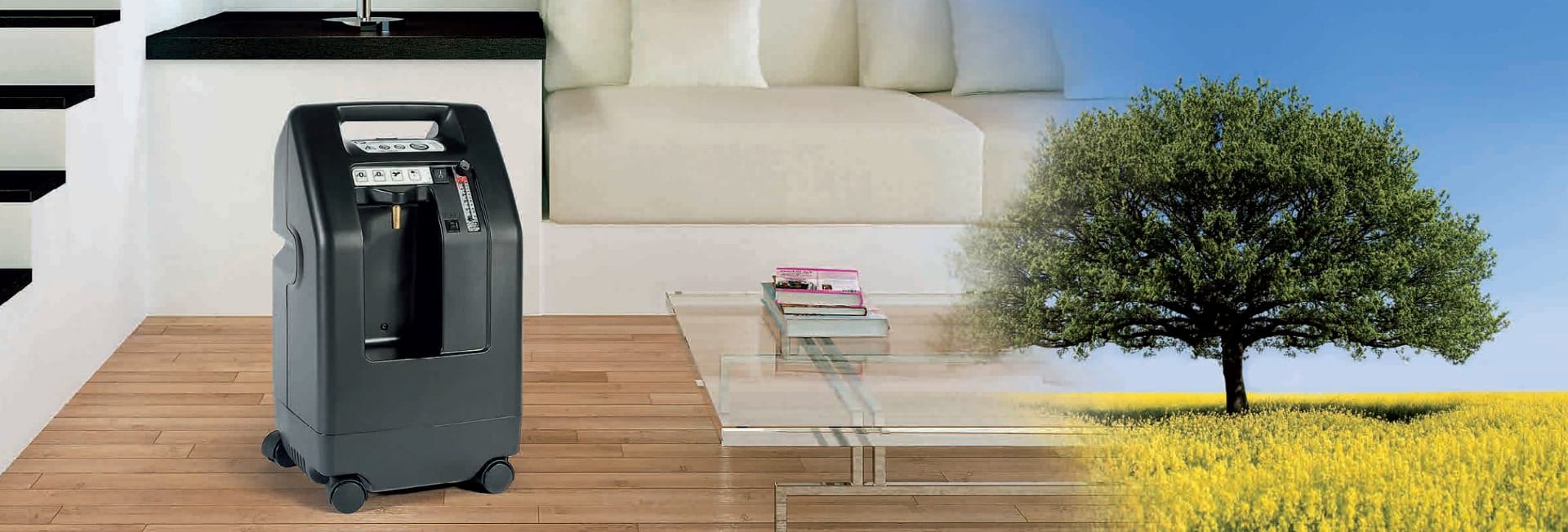
Understanding Oxygen Concentrators
Oxygen concentrators are essential medical devices used primarily by individuals with respiratory disorders or low levels of oxygen in the blood. These devices work by concentrating oxygen from ambient air, making it readily available for those who need it. This process is vital for improving the quality of life for patients with chronic obstructive pulmonary disease (COPD), emphysema, cystic fibrosis, and other respiratory conditions.
How Do Oxygen Concentrators Work?
The functionality of an oxygen concentrator is a fascinating interplay of technology and simplicity. In essence, these machines draw in surrounding air, which is composed of approximately 21% oxygen and 78% nitrogen. A series of filters and molecular sieves within the device then removes nitrogen, resulting in a higher concentration of oxygen that is delivered to users via a nasal cannula or mask. The oxygen concentration provided by these machines can range from 85% to 95%, depending on the model.
Key Components
- Compressor: The compressor of an oxygen concentrator draws in air and compresses it into the sieve bed filters.
- Sieve Bed Filter: This component contains a crystalline substance called zeolite that captures nitrogen from air, allowing oxygen to pass through.
- Product Tank: Once the oxygen is separated, it is collected in a product tank ready for delivery.
- Flow Meter: This allows the adjustment of oxygen flow to the patient's specific requirements.
Types of Oxygen Concentrators
Choosing the right type of oxygen concentrator is crucial for effectiveness and user comfort. There are two main types: stationary and portable.
Stationary Oxygen Concentrators
Stationary oxygen concentrators are designed for home use and typically offer higher flow rates, making them suitable for patients with more severe oxygen needs. These devices are larger and generally require a continuous power supply. Due to their size and weight, they are not suitable for individuals who need mobility.
Portable Oxygen Concentrators
For patients requiring flexibility and mobility, portable oxygen concentrators are an ideal choice. These devices are lightweight, battery-operated, and can be used outside the home. They allow users to maintain an active lifestyle, participating in daily activities and travel. While they offer lower flow rates compared to stationary versions, advances in technology have significantly improved their performance.
Considerations for Use
Several factors must be considered when deciding on the appropriate oxygen concentrator. Some of the key considerations include:
Oxygen Requirements
Patients must have their oxygen levels assessed by a healthcare professional to determine the flow rate necessary for their condition. This assessment is often done using a pulse oximeter or arterial blood gas test.
Power and Battery Life
For stationary units, consistent access to electricity is crucial. In contrast, portable units require an examination of battery life and recharge times, ensuring the device can function throughout the day without interruption.
Noise Levels
Some users may be sensitive to noise produced by the device, especially at night. It is wise to consider a concentrator with minimal operational noise to ensure comfort, particularly in shared living environments.
Maintenance and Safety
The efficiency and longevity of an oxygen concentrator depend on regular maintenance. Filters must be cleaned or replaced as per the manufacturer’s guidelines to prevent blockages and ensure optimal performance. It’s also important to keep the device clean and dust-free to avoid potential hazards or reduced efficacy.
Safety should also include checking for alarms that signal low oxygen concentration or power failure, providing users and caregivers with an added layer of assurance.
For more detailed information about the inner workings and selection of oxygen concentrators, you might refer to these resources: American Lung Association on Oxygen Therapy and A Study on Oxygen Concentrators.
Reference Links

